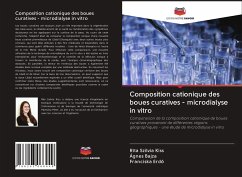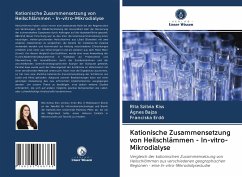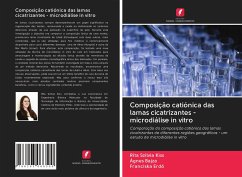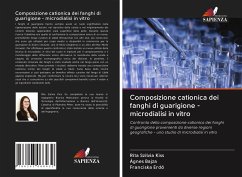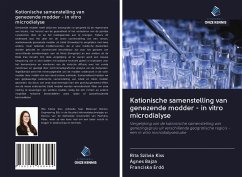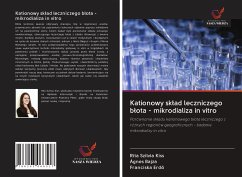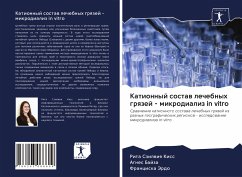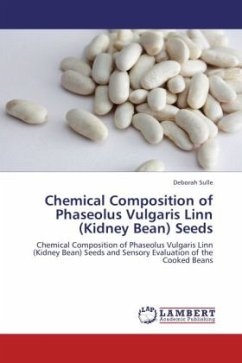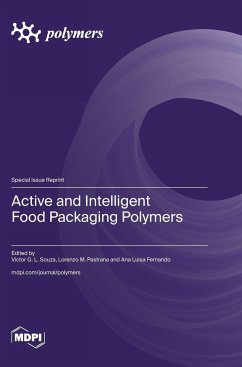
Cationic composition of healing muds - in vitro microdialysis
Comparison of cationic composition of healing muds from different geographic regions - an in vitro microdialysis study
Versandkostenfrei!
Versandfertig in 1-2 Wochen
16,99 €
inkl. MwSt.

PAYBACK Punkte
8 °P sammeln!
Healing muds have always played a significant role in injury regeneration, restoring health or to improve the painful symptoms by applying them on the skin surface. During this research the goal was to compare the ion composition of a novel, promising healing mud from Libád (Slovakia) with two other, more widely known ones, which are already used for medical purposes and commercially available for healing different disorders: one from Hévíz (Hungary) and another from Dead Sea (Israel). To perform this comparison a new utilization of in vitro soil microdialysis technique was tested in tripli...
Healing muds have always played a significant role in injury regeneration, restoring health or to improve the painful symptoms by applying them on the skin surface. During this research the goal was to compare the ion composition of a novel, promising healing mud from Libád (Slovakia) with two other, more widely known ones, which are already used for medical purposes and commercially available for healing different disorders: one from Hévíz (Hungary) and another from Dead Sea (Israel). To perform this comparison a new utilization of in vitro soil microdialysis technique was tested in triplicates for sampling and monitoring of the ionic diffusion across the probe membrane and followed by ion chromatographic analysis of the dialysates. In parallel the mineral content of muds was also investigated in the full mud by a destructive method. Summing up the results, we have found a similar cationic composition of Libád and Hévíz muds. Based on our observations a beneficial healing effectof the newly explored Libád mud can be assumed. But to confirm our thesis further studies are needed focusing on other possible beneficial components like radon or sulphur containing ingredients.



